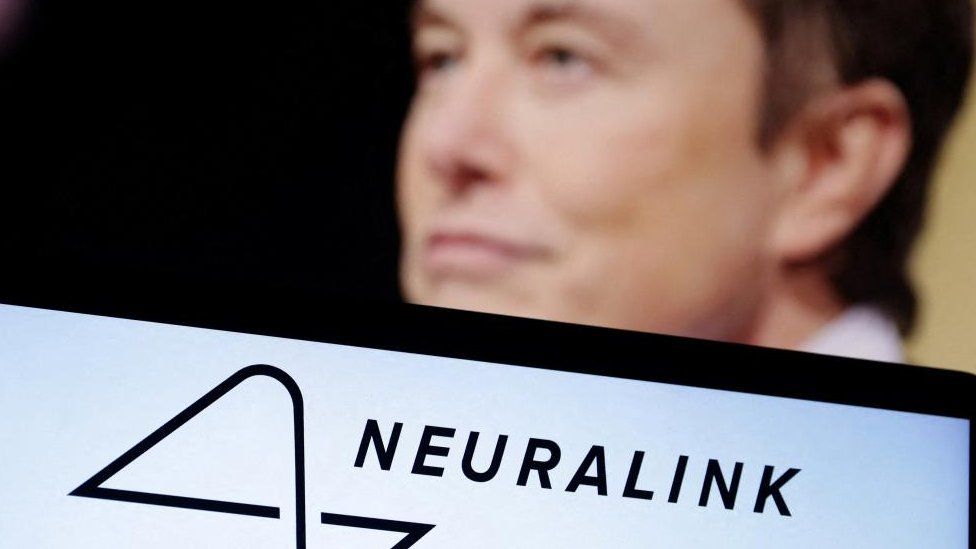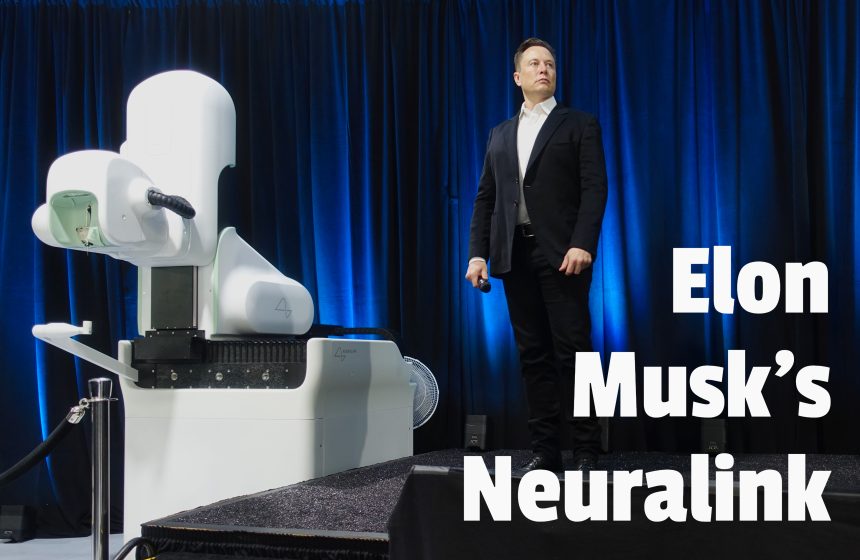An important development, Elon Musk’s Neuralink has received approval to begin its first ever human trial. This trial focuses on a revolutionary brain transplant that aims to restore mobility. For individuals struggling with conditions such as cervical spinal cord injury and amyotrophic lateral sclerosis (ALS).

The Vision Behind Neuralink:
Founded by Elon Musk, Neuralink aspires to merge human biology with cutting-edge technology. The company’s audacious objective is the development of brain-computer interfaces (BCIs) that seamlessly integrate with the human brain, presenting new possibilities for those grappling with various neurological conditions.
The approved human trial targets individuals affected by paralysis due to cervical spinal cord injury or ALS. While the precise number of participants remains undisclosed, the trial is anticipated to span approximately six years, reflecting the meticulous approach to safety and detail maintained by Neuralink.
- Advertisement -
The Innovative Procedure:
The process entails the utilization of a specialized robot to surgically insert a brain-computer interface into a specific brain region responsible for movement intention. This revolutionary technology carries the potential to empower patients to control a computer cursor or keyboard through their thoughts alone. The implications of this advancement are profound, offering newfound independence and opportunities for those affected by paralysis.
Neuralink’s journey has been marked by challenges. Initially aiming for ten patient implants, discussions with the US Food and Drug Administration (FDA) prompted a reconsideration of this number, emphasizing safety. The final number of approved patients remains undisclosed. This cautious approach underscores Neuralink’s dedication to ensuring the safety and well-being of trial participants.

Neuralink: Beyond Paralysis Future Horizons
While the initial emphasis lies in aiding paralysis patients, Elon Musk envisions a wider range of applications for Neuralink’s technology. The potential to address conditions like obesity, autism, depression, and schizophrenia opens up a world of possibilities for enhancing human well-being and mental health.
Despite this significant stride, it’s vital to acknowledge that even if the BCI device proves safe for human use, widespread commercial availability may still be over a decade away. This timeline highlights the intricacy and thoroughness involved in introducing such transformative technology to the broader public.
Neuralink’s clearance for its inaugural human trial signifies a momentous leap toward reshaping the neurology landscape. The startup is providing hope for individuals living with paralysis. As this journey progresses it’s evident that the fusion of biology and technology holds boundless potential for enriching the lives of countless individuals worldwide. It appears that the future holds promise and the potential for making unprecedented strides in medical science.


